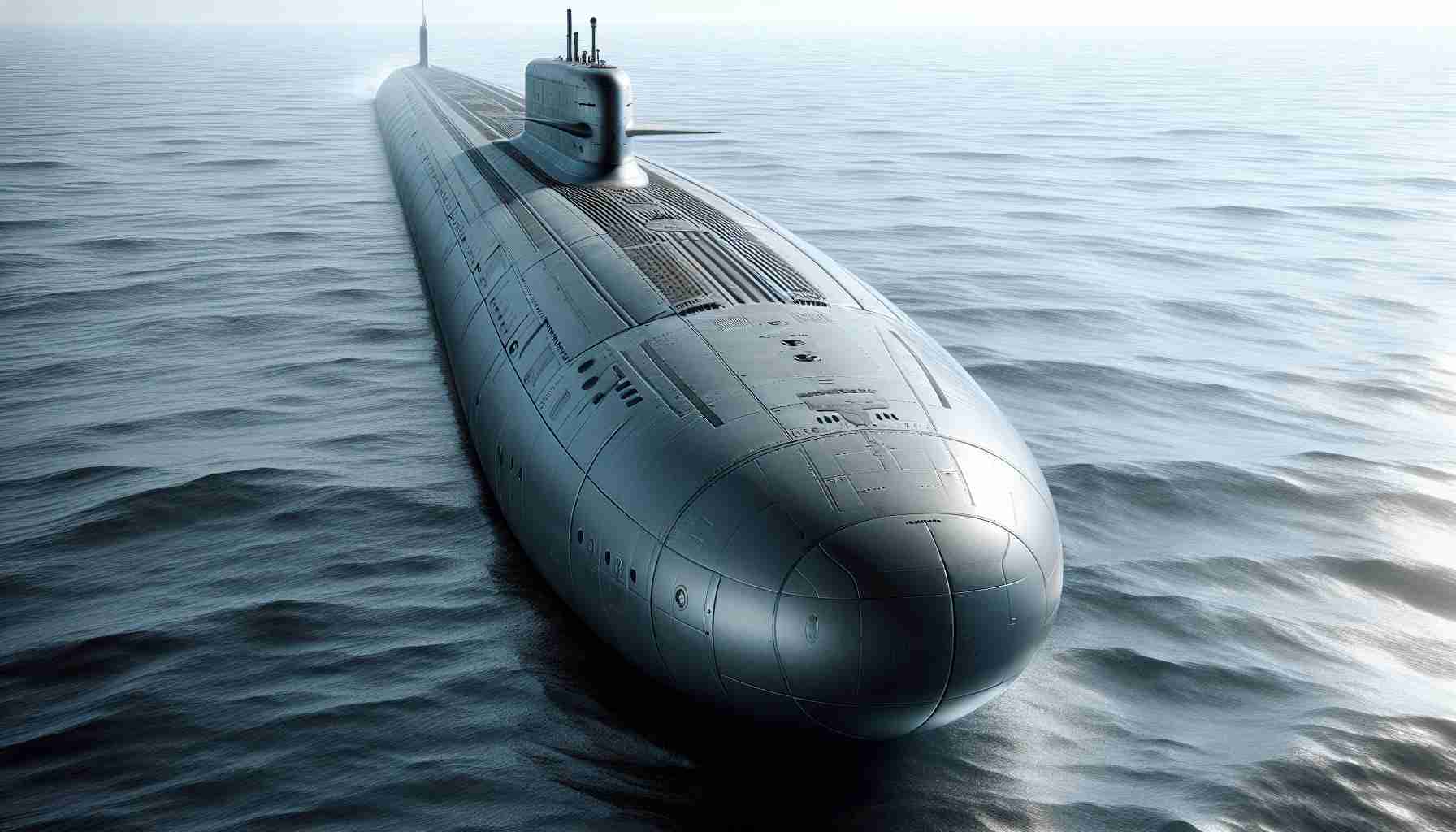The USS Nautilus (SSN-571) was the world’s first nuclear-powered submarine, marking a monumental shift in naval technology and strategy. Launched by the U.S. Navy in 1954, it was powered by a nuclear reactor, allowing it to travel much longer distances underwater and remain submerged for extended periods. Named after the submarine in Jules Verne’s classic novel Twenty Thousand Leagues Under the Sea, the Nautilus was a pioneering vessel that reshaped the potential of undersea warfare.
Background and Development
The U.S. Navy developed the USS Nautilus as part of a response to the growing need for stealth and endurance in submarine missions during the Cold War. Traditional diesel-electric submarines needed to resurface frequently to recharge their batteries, which limited their operational range and made them vulnerable to detection. By contrast, a nuclear reactor could provide consistent power without refueling, enabling the submarine to stay submerged indefinitely.
The development of the USS Nautilus began in 1948, spearheaded by Admiral Hyman G. Rickover, known as the “Father of the Nuclear Navy.” Rickover’s relentless dedication led to the construction of the submarine, which was powered by a pressurized water reactor. The concept was revolutionary: the reactor could run for years without refueling, and the closed-circuit nature of nuclear power allowed the submarine to remain submerged for months.
More about Admiral Rickover and his influence on the nuclear navy can be found here.
The USS Nautilus in Action
On January 17, 1955, the Nautilus set out from Groton, Connecticut, with the historic message, “Underway on nuclear power.” In its first year, the submarine set several records, traveling submerged for more than 1,300 miles in 90 hours. However, its most famous achievement came in 1958 when it completed “Operation Sunshine,” becoming the first vessel to reach the geographic North Pole. The journey from the Pacific to the Atlantic beneath the polar ice cap showcased the unparalleled capabilities of nuclear-powered submarines and underscored their strategic importance.
The North Pole transit proved the feasibility of nuclear-powered submarines for global reach and stealth. It was also a powerful symbol of U.S. technological prowess in the Cold War. For a detailed account of Operation Sunshine, you can read more here.
Advantages and Challenges of Nuclear Power
The Nautilus demonstrated numerous advantages of nuclear power in submarines. Its ability to remain submerged for extended periods meant it could avoid detection, which was crucial in the high-stakes environment of the Cold War. Unlike diesel-electric submarines, which needed to surface frequently to recharge, the Nautilus could operate at high speeds and great depths without needing to refuel for years. This endurance and mobility made nuclear-powered submarines an essential component of the Navy’s strategic deterrence.
However, developing and maintaining a nuclear submarine came with challenges. The crew had to be trained to manage the complexities of a nuclear reactor, and rigorous safety protocols were essential to protect the crew from radiation. These technological advancements also came at a significant cost, but the U.S. Navy continued investing in nuclear-powered submarines due to their tactical advantages.
Legacy and Influence
The USS Nautilus was decommissioned in 1980, but its impact endures. Its success paved the way for the development of an entire fleet of nuclear-powered submarines, fundamentally changing naval warfare. Today, the U.S. Navy operates a fleet of nuclear-powered submarines that serve as stealthy and resilient deterrents worldwide.
The USS Nautilus now resides as a museum in Groton, Connecticut, offering visitors a glimpse into the pioneering era of nuclear-powered submarines. You can explore the Nautilus and learn more about its impact on naval history here.
The Future of Nuclear-Powered Vessels
The Nautilus set a precedent not only for submarines but also for other naval vessels, leading to the development of nuclear-powered aircraft carriers and research ships. As technology advances, nuclear propulsion remains a key aspect of modern submarine design, and research is ongoing to make reactors more efficient, compact, and environmentally friendly.
The USS Nautilus is a testament to human ingenuity and ambition, symbolizing the dawn of a new era in undersea exploration and naval defense.







